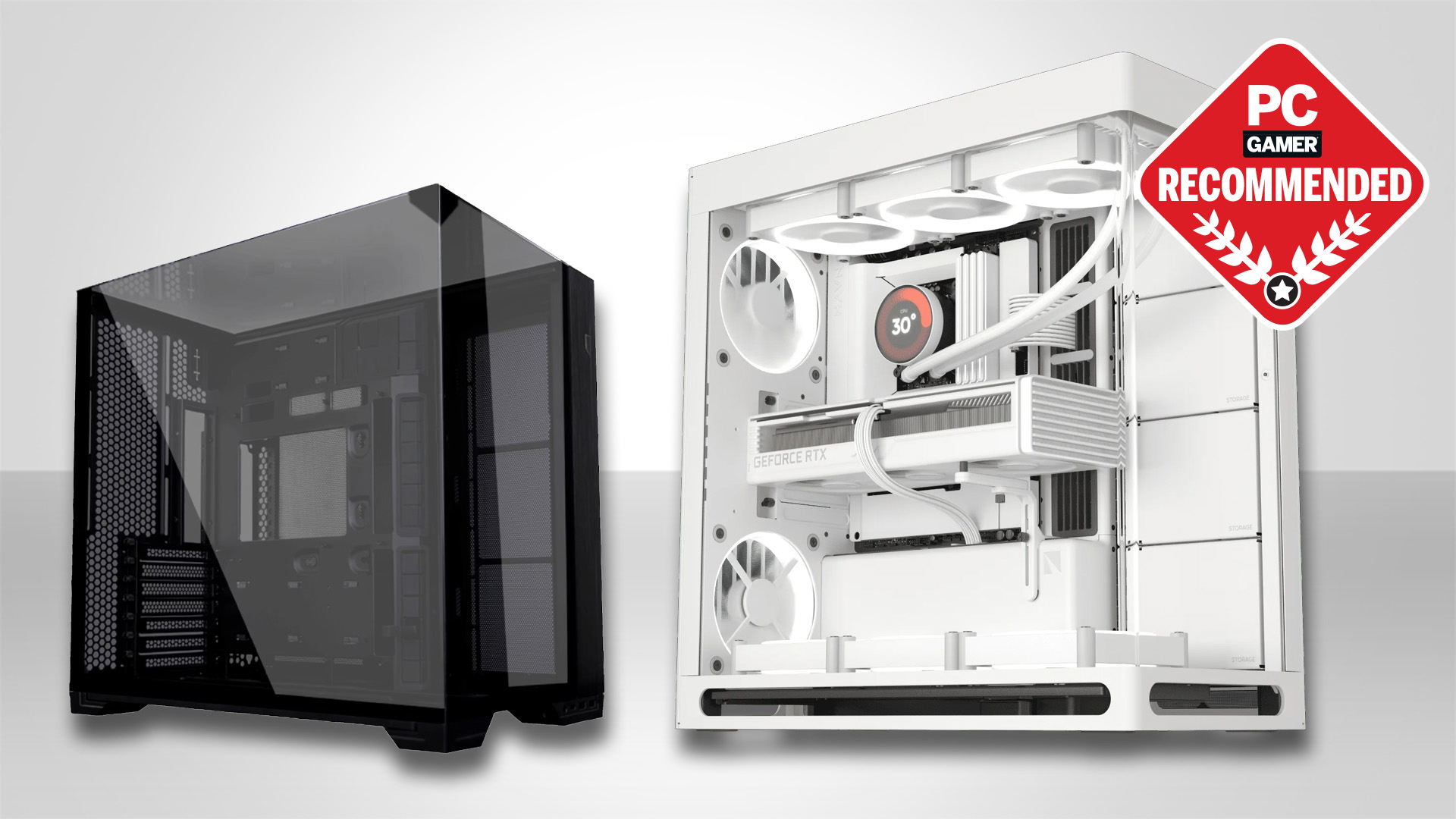The glorious sound of silence: Researchers have developed the 'world's first spatial active noise cancellation', which uses the power of a GPU to deaden whole rooms
I'm going to buy one for every room in my house.

Modern life can be pretty stressful at times, and it's not helped by the fact that there is so much noise around us, all the time. From packed office spaces, roads clogged with vehicles, and public areas overflowing with people, finding silence to think and refresh isn't easy. Researchers in Japan believe they have cracked the problem, though, by developing a GPU-powered active noise cancellation system that's powerful enough to calm an entire room.
That's according to NTT Laboratories, as reported by PC Watch. It claims to have developed the "world's first spatial active noise control (spatial ANC) technology." Active noise cancellation (ANC) certainly isn't new, and many readers will probably own a gaming headset that sports the feature.
What makes NTT's tech different is a combination of the speed of the sound processing and how it can be applied. Headphones with ANC use microphones to pick up nearby sounds, which are then sent to a small signal processor. This calculates the appropriate 'anti-phase' sounds to generate, which are then emitted via the speakers.
The original noise and new sounds overlap and partly cancel each other out, greatly reducing the impact of the noise. What limits the effectiveness of the system is that most ANC mechanisms are relatively slow, due to the capabilities of the processor.
NTT's researchers implemented the use of a GPGPU (general-purpose GPU) to speed things up, and by no small degree. Instead of taking a millisecond or so to work through everything, this new tech can apparently do it in roughly two microseconds. That's so quick, it allows the ANC system to target sound reflections or highly variable noises.

That makes it ideal for dealing with noises within a room or a vehicle, where walls and other surfaces generate lots of complex reflections. "It can help reduce vehicle cabin and aircraft noise, urban traffic noise, and create quiet environments in conference rooms and hotels, thereby improving quality of life and reducing the impact of noise on hearing," says NTT.
Of course, like all forms of ANC, this new tech won't be able to turn a busy cafe space into a hub of calming silence, but anything that takes the edge off the sheer cacophony that is modern life has got to be a good thing. NTT reckons its tech will be commercially implemented within a year, so if you find yourself waiting for a flight and wonder why it's a bit more peaceful than normal, you'll know exactly why.
Keep up to date with the most important stories and the best deals, as picked by the PC Gamer team.

Best gaming headset 2025
All our current recommendations











Nick, gaming, and computers all first met in the early 1980s. After leaving university, he became a physics and IT teacher and started writing about tech in the late 1990s. That resulted in him working with MadOnion to write the help files for 3DMark and PCMark. After a short stint working at Beyond3D.com, Nick joined Futuremark (MadOnion rebranded) full-time, as editor-in-chief for its PC gaming section, YouGamers. After the site shutdown, he became an engineering and computing lecturer for many years, but missed the writing bug. Cue four years at TechSpot.com covering everything and anything to do with tech and PCs. He freely admits to being far too obsessed with GPUs and open-world grindy RPGs, but who isn't these days?
You must confirm your public display name before commenting
Please logout and then login again, you will then be prompted to enter your display name.

